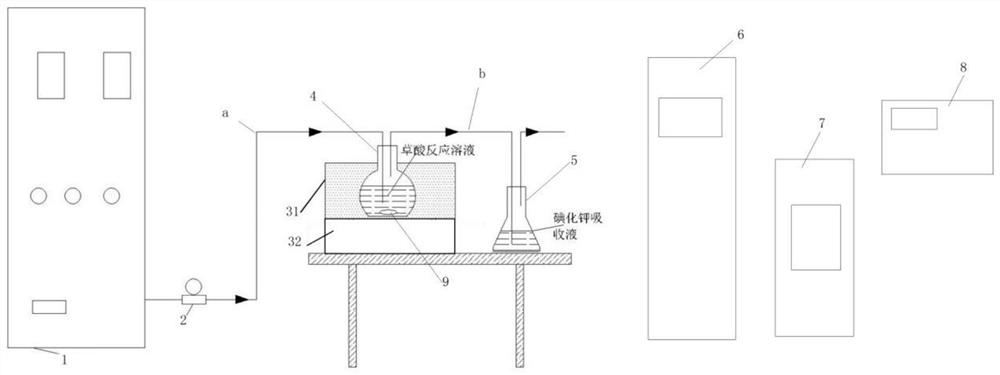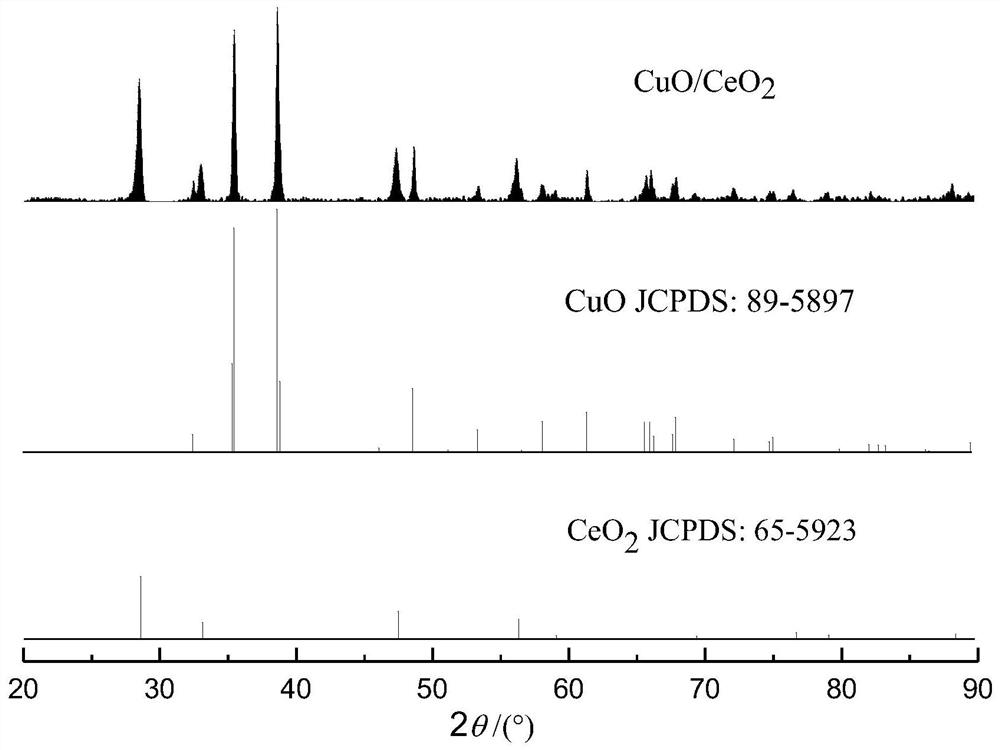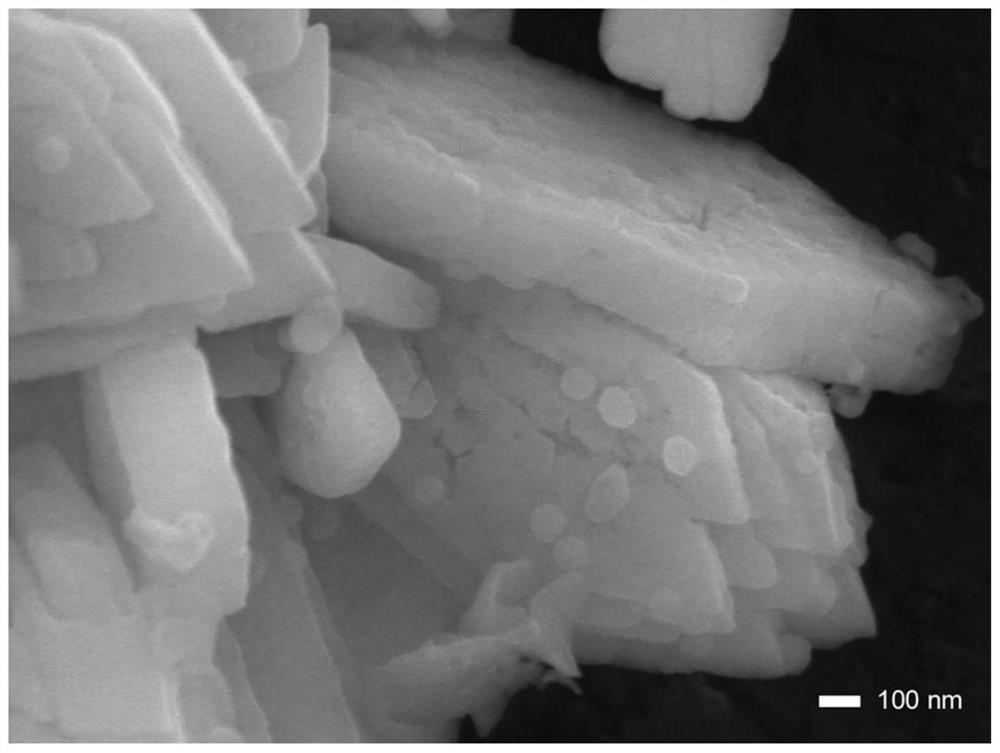Method for catalyzing ozone to degrade organic pollutants
A technology for the degradation of organic pollutants and ozone, which is applied in the direction of water pollutants, chemical instruments and methods, and water treatment of special compounds, to achieve good mineralization ability and excellent catalytic activity of ozone
- Summary
- Abstract
- Description
- Claims
- Application Information
AI Technical Summary
Problems solved by technology
Method used
Image
Examples
Embodiment Construction
[0031] The technical solutions in the embodiments of the present invention will be clearly and completely described below. Obviously, the described embodiments are only some of the embodiments of the present invention, but not all of them. Based on the embodiments of the present invention, all other embodiments obtained by persons of ordinary skill in the art without making creative efforts belong to the protection scope of the present invention.
[0032] A method for catalytic ozone degradation of organic pollutants, comprising the steps of:
[0033] 1. Prepare reagent materials
[0034] Ce(NO3)3·6H2O, copper nitrate solution, glycerin, urea, oxalic acid, tert-butanol (TBA), absolute ethanol, diammonium hydrogen phosphate, superoxide dismutase (SOD), furfuryl alcohol (FFA), methanol ( Chromatographically pure), the reagents used in the experiment are all analytically pure and above grades, without further purification, the solution is prepared with deionized water;
[0035]...
PUM
 Login to View More
Login to View More Abstract
Description
Claims
Application Information
 Login to View More
Login to View More - R&D
- Intellectual Property
- Life Sciences
- Materials
- Tech Scout
- Unparalleled Data Quality
- Higher Quality Content
- 60% Fewer Hallucinations
Browse by: Latest US Patents, China's latest patents, Technical Efficacy Thesaurus, Application Domain, Technology Topic, Popular Technical Reports.
© 2025 PatSnap. All rights reserved.Legal|Privacy policy|Modern Slavery Act Transparency Statement|Sitemap|About US| Contact US: help@patsnap.com



